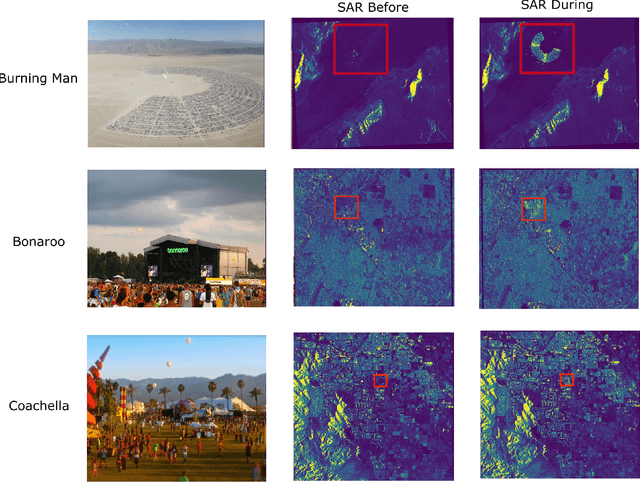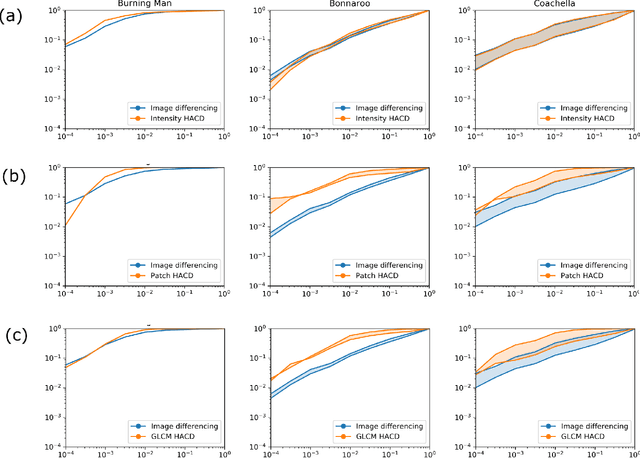Matthew T. Calef
Deformation monitoring with Sentinel-1 Wave mode data
Jun 20, 2024Abstract:We describe the salient characteristics of Sentinel-1 wave (WV) mode vignettes. We describe our approach for working with WV mode data that enables vignette-based data access and processing, thereby eliminating the Sentinel-1 Single Look Complex (SLC) data packaging and current archive metadata conventions as a bottleneck to large scale processing. We discuss the spatial and temporal coverage of Sentinel-1 WV mode data and show that a large volume of data has been acquired over land masses in this mode, thus allowing us to use it for land monitoring applications as well as ocean applications. For targeted infrastructure monitoring studies, we are able to generate coregistered, geocoded stacks of WV mode SLCs for any area of interest (AOI) with sufficient wave mode coverage, in a few minutes. We demonstrate the applicability of using WV mode data for deformation monitoring applications. Finally, we discuss the benefits and limitations of working with Sentinel-1 WV mode data.
Merging Point Data for InSAR Deformation Processing
May 10, 2024Abstract:Given a collection of points $S \subset \mathbb{R}^N$, which is partitioned into $M$ overlapping subsets $\{S_i\}_{i=1}^M$, and approximate data $\{D_i\}_{i=1}^M$ associated with the subsets, one may seek a consistent merged dataset $D$ that is derived from $\{S_i\}_{i=1}^M$ and $\{D_i\}_{i=1}^M$. This note presents a method for constructing $D$ under the assumption that $D$ represents discrete samples of a suitably smooth function $f:\mathbb{R}^N \rightarrow \mathbb{R}$ evaluated at the points in $S$. The method has two steps. The first step uses a least-squares solve to approximate the constant offsets for each $D_i$. The second step uses a sequence of discrete Dirichlet problems to resolve any remaining differences. We include a two dimensional example of this method applied to deformation measurements derived from Interferometric Synthetic Aperture Radar (InSAR).
Feature Augmentation Improves Anomalous Change Detection for Human Activity Identification in Synthetic Aperture Radar Imagery
Dec 07, 2019

Abstract:Anomalous change detection (ACD) methods separate common, uninteresting changes from rare, significant changes in co-registered images collected at different points in time. In this paper we evaluate methods to improve the performance of ACD in detecting human activity in SAR imagery using outdoor music festivals as a target. Our results show that the low dimensionality of SAR data leads to poor performance of ACD when compared to simpler methods such as image differencing, but augmenting the dimensionality of our input feature space by incorporating local spatial information leads to enhanced performance.
 Add to Chrome
Add to Chrome Add to Firefox
Add to Firefox Add to Edge
Add to Edge